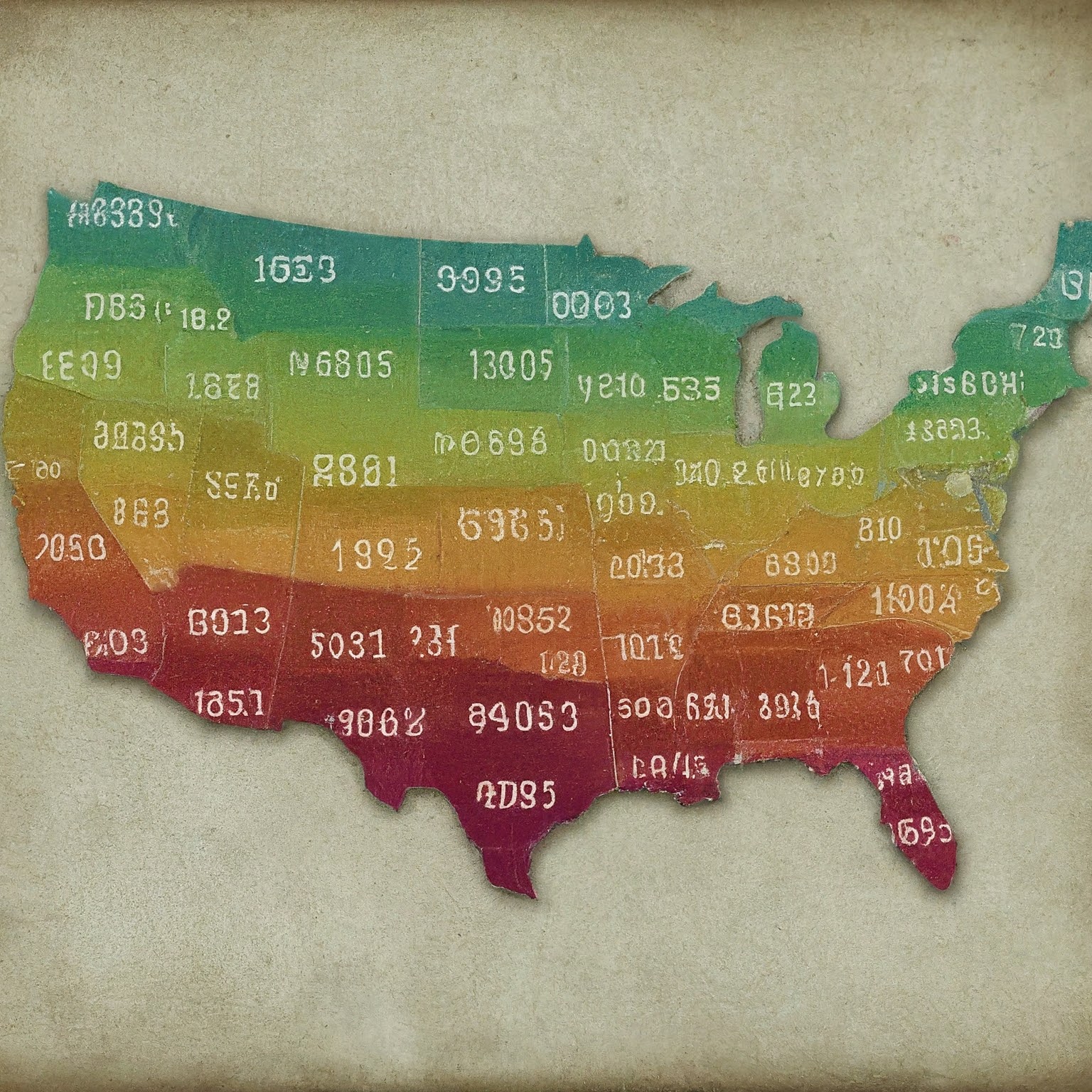The unassuming string of five digits we know as a USPS ZIP code plays a vital role in the everyday magic of mail delivery. But what exactly is a ZIP code, and how does it work its behind-the-scenes magic?

A Code for Efficiency
ZIP stands for Zone Improvement Plan, and it was implemented in 1963 to streamline mail sorting and delivery across the vast United States. Each ZIP code is unique and identifies a specific geographic area. The magic lies in the breakdown of these digits. The first three digits pinpoint a sectional center facility, a central hub responsible for processing mail for a broader region. Imagine them as regional sorting warehouses. The last two digits further refine the sorting by pinpointing a local post office or delivery area.
Beyond the Basics: The Power of ZIP+4
While the basic 5-digit ZIP code is effective, the USPS introduced ZIP+4 codes in the 1990s to achieve even greater precision. These 10-digit codes include the standard 5-digit ZIP code followed by a hyphen and four additional digits. This extra layer of detail pinpoints specific delivery points within a ZIP code area, like a particular apartment complex or office building.
Why Does This Matter
For you, the sender, a precise ZIP code, especially ZIP+4, translates to faster and more efficient mail delivery. It ensures your letters and packages reach their intended destinations quicker, saving you time and frustration. For businesses, accurate ZIP codes are crucial for bulk mailings and managing marketing campaigns.
Finding Your Perfect ZIP
Need to look up a ZIP code? The USPS website offers a user-friendly tool where you can search by address, city and state, or even ZIP code itself to discover the areas it covers [USPS ZIP Code Lookup].
So next time you address an envelope, remember, the seemingly simple USPS ZIP code is a marvel of logistical planning, ensuring your mail takes the most efficient route to its destination.
لا تعليق